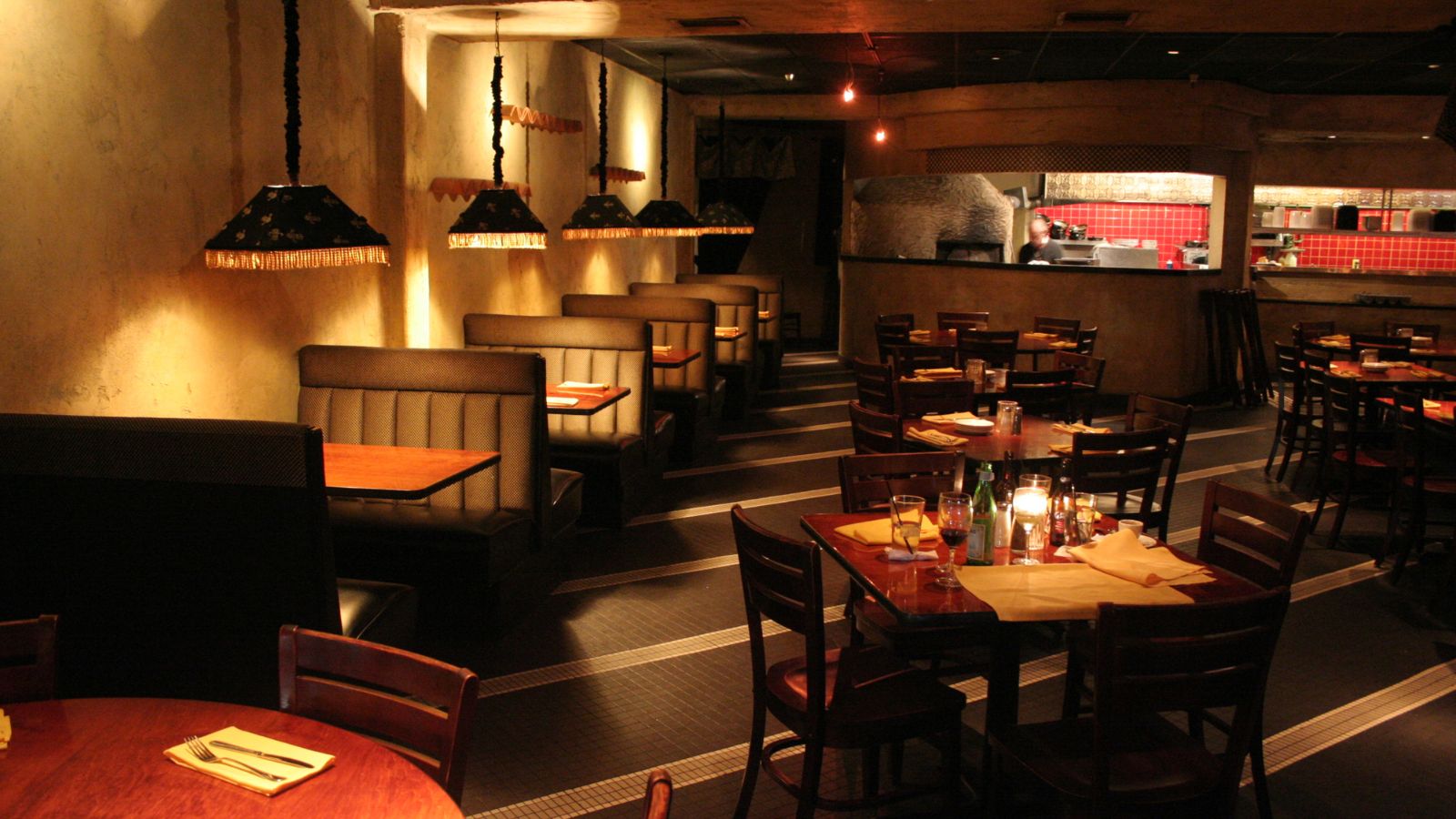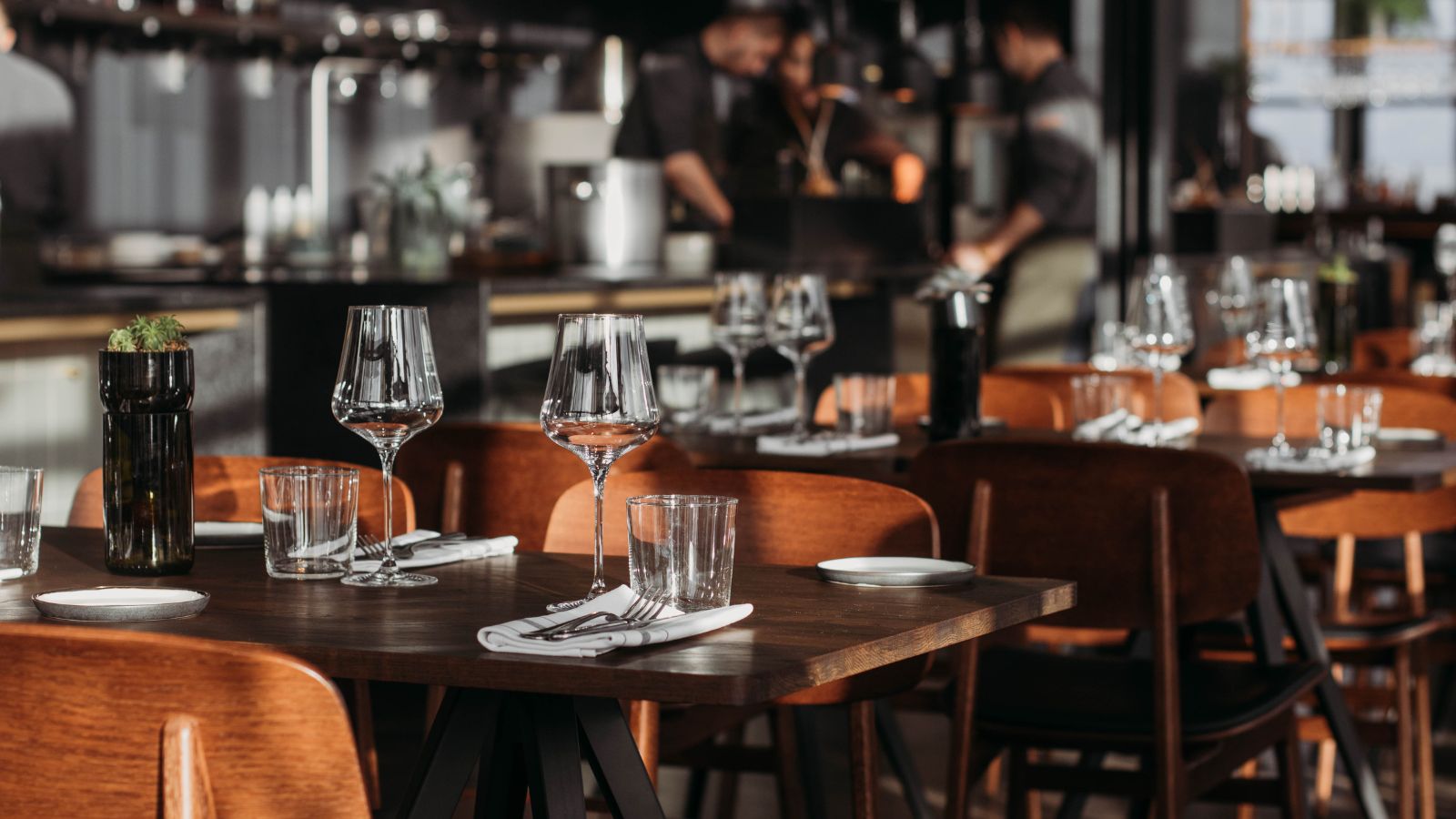
Food safety remains a critical concern in dining establishments, and the numbers highlight why. According to the Centers for Disease Control and Prevention, roughly one in six Americans contracts a foodborne illness every year. More than 80 percent of norovirus outbreaks have been linked back to restaurants, cafeterias, and banquet facilities. While attention often focuses on food handling practices, there are many surfaces inside restaurants that carry equally concerning levels of bacteria.
Menus: A Frequently Overlooked Risk
Menus are handled by countless diners every day, yet the are rarely sanitized between uses. Studies show they can harbor an average of 185,000 bacteria, making them one of the most contaminated items on the table. Restaurants can reduce this risk by using dishwasher-safe or easily cleaned menu materials, and guests should be encouraged to sanitize their hands after touching them.
Tables and Chairs: High-Touch Surfaces
Although tables are wiped down regularly, they may still spread germs when staff reuse the same cloth on multiple surfaces. Proper staff training and stronger disinfectant products are essential to lower contamination levels.
Chairs also pose a hidden risk. An investigation revealed that 70 percent of restaurant seating carried up to 17 strains of bacteria, including dangerous types such as E. coli. Thorough sanitation routines are critical for keeping both tables and chairs safe for customers.
Restroom Hazards
Bathrooms are known hotspots for germs. Toilet seats alone can host nearly 300 different types of bacteria per square inch, while restroom floors average around 2 million bacteria per square inch. Without strict cleaning routines, these high-traffic areas can become a significant source of contamination that easily spreads throughout the dining area. Encouraging customers to wash their hands and ensuring staff deep-clean restrooms regularly are vital steps in reducing these risks.
Ice Machines and Condiment Containers
Surprisingly, ice machines are often more contaminated than toilets, with studies showing bacteria levels higher than expected. Regular sanitization and strict maintenance procedures are necessary to ensure safe use. Condiment containers—including ketchup bottles, salt shakers, and mustard jars—are touched by numerous guests and seldom disinfected. These items can harbor harmful bacteria like fecal coliform, which makes consistent cleaning between customers an important preventive measure.
Shared Utensils at Buffets
Buffet tongs and salad bar utensils often carry bacteria counts similar to toilet flush handles. Without rigorous cleaning processes, these shared tools can quickly spread germs. Heated soak tanks and other sanitation methods help ensure these high-contact items are properly disinfected.
A Comprehensive Approach to Hygiene
Maintaining a safe and sanitary restaurant environment requires more than just clean kitchens and plates. Every surface a customer touches plays a role in their safety. By identifying often-overlooked germ hotspots—such as menus, seating, restrooms, ice machines, and condiment containers—restaurants, with the help of kitchen cleaning equipment, can reduce bacterial spread and create a healthier experience for their guests.

